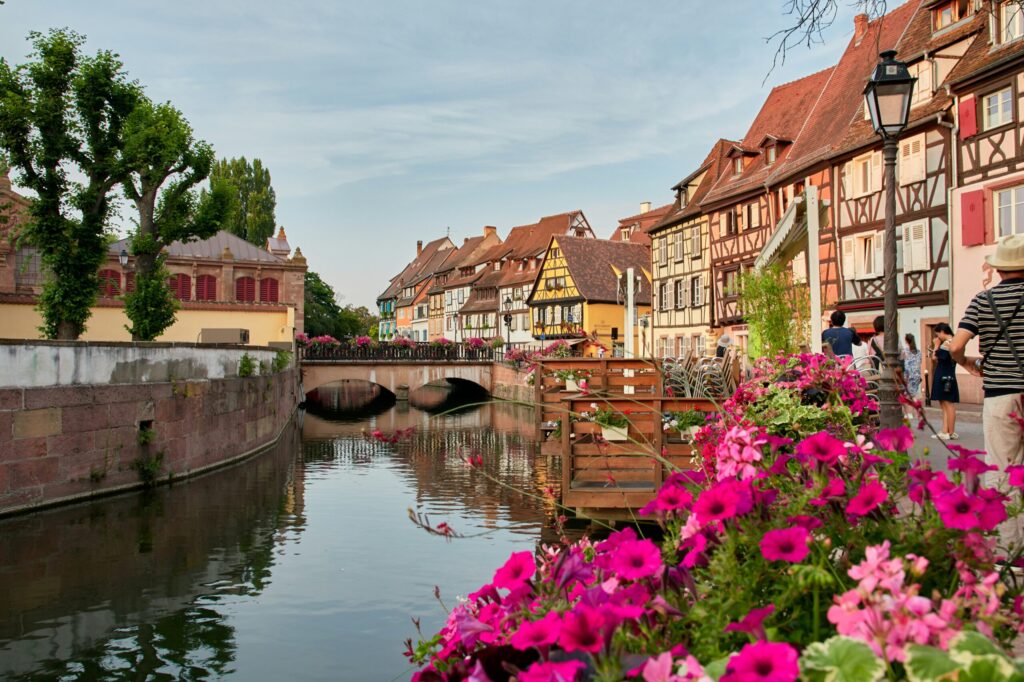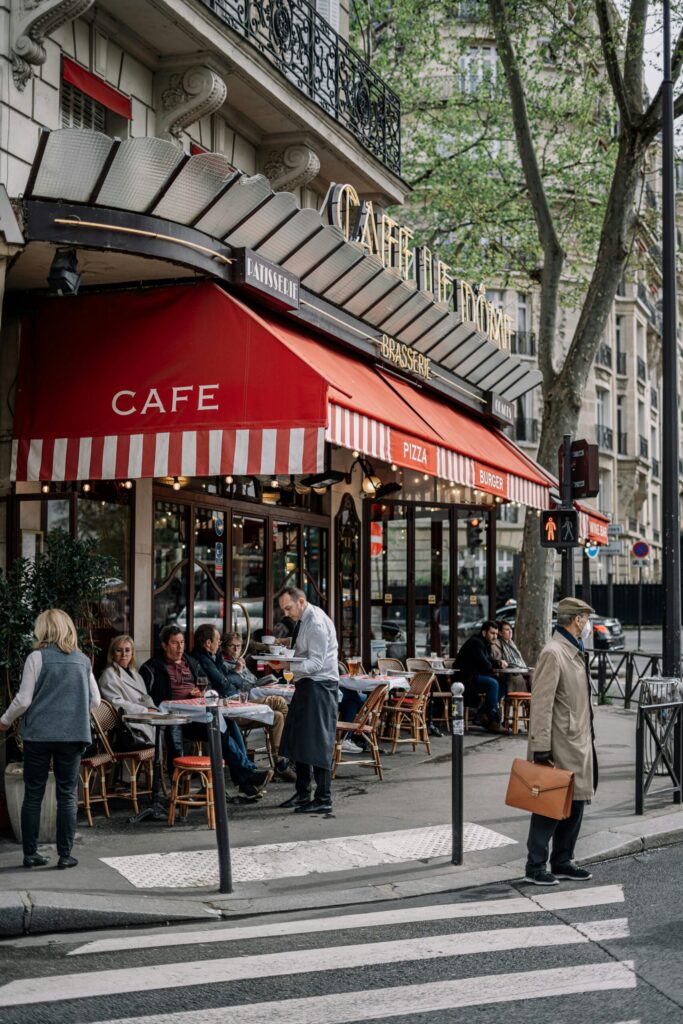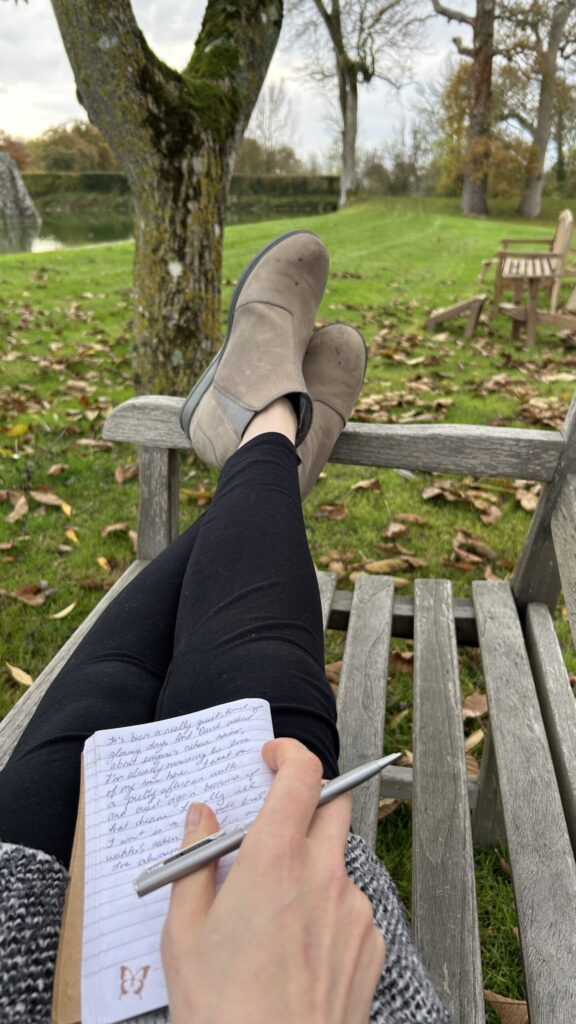
Europe is a dream destination for so many travelers: whether it’s strolling through Paris, cruising the Amalfi Coast, or exploring castles along the Rhine. But with dozens of countries, endless itineraries, and logistics like trains, flights, and language barriers, planning can quickly become overwhelming. The good news? With the right approach (and a few expert tips), your European getaway can feel seamless, enjoyable, and stress-free.
Here’s how to plan a European vacation without the headaches:
1. Start with Your Travel Style
Before diving into guidebooks and Google searches, think about how you want to feel on this trip. Do you love museums and historic sites? Slow meals with wine? Outdoor adventures? Relaxing on the coast? Identifying your travel style helps you choose destinations and activities that actually fit your preferences, so you’re not trying to see “everything” and burning out halfway through.
2. Choose the Right Time to Go

Europe’s seasons make a huge difference in cost, crowds, and overall vibe:
- Spring (April–June): Mild weather, blooming gardens, fewer crowds than summer.
- Summer (July–August): Warm and lively, but busiest (and priciest). Perfect for festivals and coastal escapes.
- Fall (September–October): Harvest season in wine regions, beautiful foliage, and thinner crowds.
- Winter (November–March): Christmas markets, skiing, and budget-friendly city breaks—ideal if you don’t mind cooler weather.
✨ Tip: Shoulder seasons (spring and fall) often give you the best balance of value and experience, with fewer crowds. This is when I usually travel!
3. Focus on Fewer Destinations

One of the most common mistakes? Trying to do it all. Instead of cramming five countries into 10 days, slow down. Spend at least 3–4 nights in each city or region so you can truly enjoy it. A slower pace means less time hauling luggage, catching trains, or stressing over logistics: and more time soaking in the culture.
4. Balance Iconic Highlights with Local Gems

Of course, you’ll want to see the Eiffel Tower, Colosseum, or Sagrada Familia. But leave room for lesser-known experiences too: like exploring Provence’s lavender fields, wandering Lisbon’s tiled alleyways, or discovering a local café in Vienna. These hidden gems often become the most memorable parts of your trip.
5. Master Transportation Before You Go

Europe’s transportation network is incredible, but it takes planning:
- Trains: High-speed trains connect major cities quickly and comfortably. Book in advance for savings. Look out for scenic train routes, especially if passing through Switzerland.
- Flights: Budget airlines are plentiful, but watch for baggage fees and airport locations. This is my least favorite way to get around Europe.
- Cars: Best for countryside and wine regions. Consider international driving permits if needed and familiarize yourself with the local laws around driving. Some countries can be really strict and love to hand out fines.
- Public Transit: In cities, metro passes and contactless payments make getting around easy. I use my Revolut card loaded to my Apple Watch, so I can just “tap on” and “tap off” to pay for metros and busses. Join me and over 60 million users who love Revolut.
✨ Tip: Apps like Trainline and Google Maps help simplify planning. CityMapper is my choice DURING your trip though!
6. Book Accommodations That Fit Your Itinerary

Stay central when exploring cities: it saves you precious time and keeps things stress-free. For countryside escapes, boutique hotels, villas, or agriturismos offer authentic charm. If you’re moving around often, pack light and consider hotels with 24-hour reception for late arrivals.
7. Protect Yourself with Travel Insurance
From delayed flights to lost luggage or unexpected illness, things happen. Travel insurance provides peace of mind so you’re not left scrambling in the middle of your trip. Here is a link to my affiliate partner for a quick quote.
8. Plan Ahead, but Leave Room for Flexibility
Reserve “must-do” experiences (like the Vatican Museums or Eiffel Tower) in advance, especially in peak season. But also leave unplanned time: because sometimes the best days in Europe are the ones where you wander, discover, and let the city surprise you.
9. Pack Smart
Europe involves cobblestones, staircases, and lots of walking. Bring comfortable shoes, a versatile capsule wardrobe, and layers. Stick to carry-on when possible: it saves time and stress. Pack a flat duffel bag inside your carry-on for coming home, in case you pick up any gifts or souvenirs on your travels!
10. Work with a Travel Advisor
The easiest way to guarantee a stress-free European vacation? Hand off the details to an expert. A travel advisor can help you choose the right destinations, craft a custom itinerary, handle all bookings, and provide support if anything goes wrong while you’re away.
At Styled Getaways, I design personalized European itineraries that balance iconic highlights with unique, memorable touches—so you can skip the overwhelm and focus on enjoying your trip.
Final Thoughts
Planning a European vacation doesn’t have to feel daunting. With the right balance of preparation and flexibility, you can create a trip that feels seamless, enriching, and unforgettable. Whether it’s your first time crossing the Atlantic or your fifth, slowing down and letting an expert handle the logistics makes all the difference.
✨ Ready to plan your dream Europe trip without the stress? Let’s start your custom itinerary today.







Pingback: Exploring the Romantic Road in Germany: 5 Days of History, Castles, and Charming Villages → Cupcake & Carry-On
Pingback: Where to Travel Each Month of the Year: Best Destinations, Events & Hidden Gems → Cupcake & Carry-On